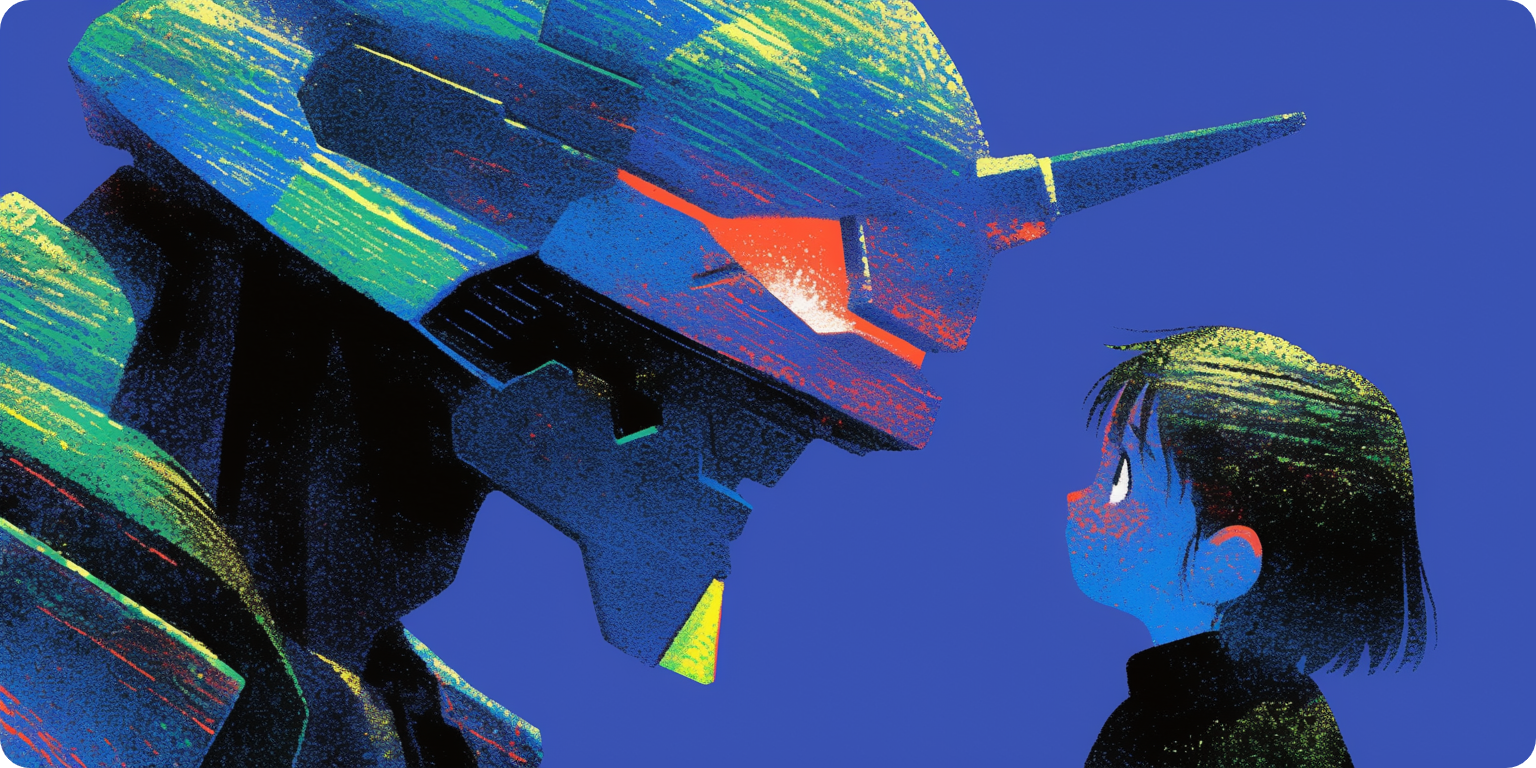The Great Ghibli-fication and the Future of AI Art

After OpenAI launched its latest image gen capabilities in ChatGPT this week, the Great Ghibli-fication exploded across social media.
You've seen it by now. Countless ideas, photos, memes all transformed into the iconic style of Studio Ghibli, the masterful Japanese animation studio.
The novelty, ease, and excellent aesthetic results brought plenty of joy to the timeline. But the viral wave also surfaced an ethical question: are these reproductions copyright infringements?
Legally speaking, it's still a gray area.
But morally speaking, it certainly feels wrong that Studio Ghibli isn't getting direct upside here. There's a fairer way forward, as Jason Zhao—a cofounder of the IP blockchain Story—argued this week:
Studio Ghibli lost out on millions today.
[...] This is because AI is forced to operate in a broken marketplace of ideas: either creators win, or AI wins. This is a zero-sum game that benefits nobody.
There is a better way: build a new marketplace for ideas.
Story is building a market with 1000x lower transaction costs for using IP, allowing creators to get paid each time AI generates with their style. No lawsuits required.
Imagine if Studio Ghibli were paid 10 cents for every generation in the past day. Not only would AI remixing be as frictionless and open as before, but also, the creator would be compensated for their style being used. This is a win-win, positive-sum game.
This utility isn't some abstract, faraway ideal. Its basics are already here today.
In fact, Story itself just launched the open beta of its IP Portal, which lets users register and monetize IP onchain and opt-in to AI training agreements.
Another app you can try in this vein is TITLES, which lets artists train their own AI models on Base. Whenever someone generates and mints from a model there, the original artist gets royalties and onchain credit.
For instance, acclaimed artist Emily Xie recently introduced her custom image model, Scroll. You can create your own pieces with it as you please, and if you mint any, Xie gets rewarded.
These are very cool and applaudable experiments, and undoubtedly just a taste of what's to come at the crossroads of AI and IP in the years ahead.
All that said, this week's Ghibli wave may be the latest flashpoint here, but it won't be the last. The friction between artists and machine-generated content will keep growing unless new systems emerge.
The good news is that those systems are already being built, and they're demonstrating that AI creativity and artist compensation can become aligned. Now it's up to us to use them.